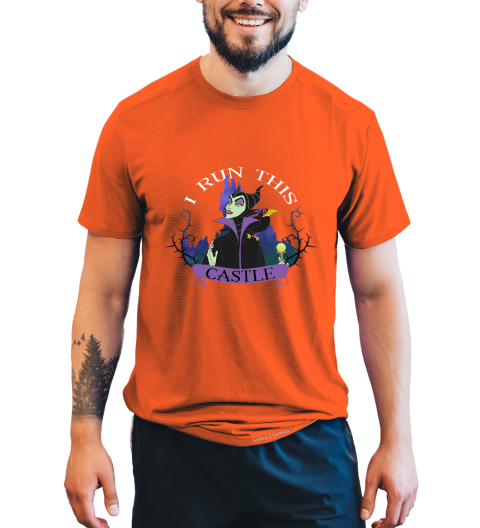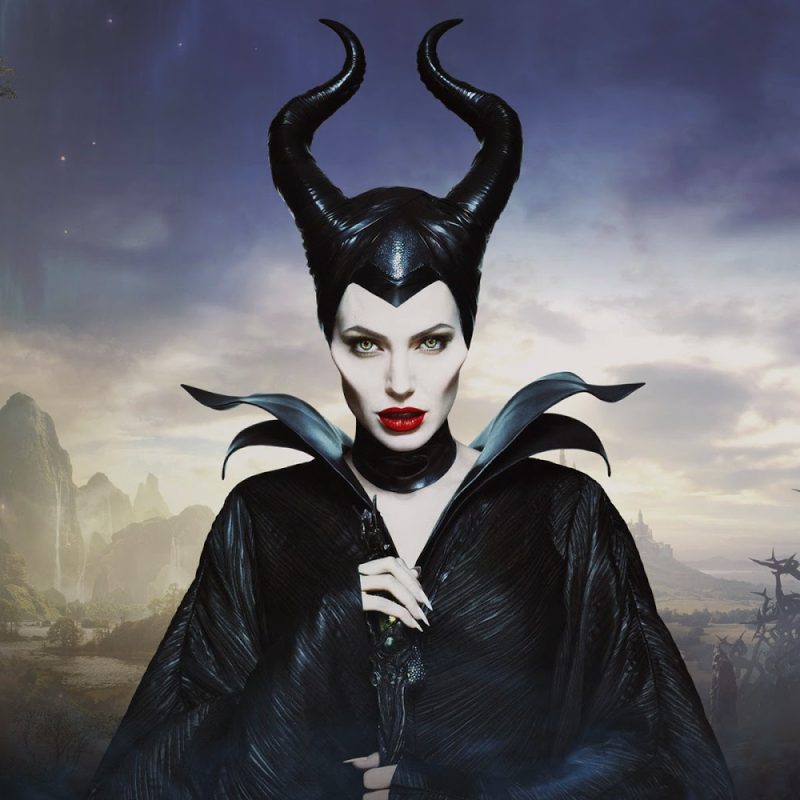Film review
Robert Stromberg’s Maleficent Disney Review
Robert Stromberg’s Maleficent is probably the weirdest film in the Disney group, both pompous and peculiar in its carelessly business utilization of twisted animals, attacked ladies, and a Lana Del Rey in front of “Once Upon a Dream.”
For a PG true to life highlight adjusted from one of the Mouse House’s most well-known enlivened highlights, Stromberg is typically designed for adjusting his film, to some extent, with late fantasies turned fight sagas, most eminently the terrifying, dormant Snow White and the Huntsman. An early grouping with a winged Maleficent (Angelina Jolie) battling a multitude of men riding a horse is stale LOTR bollocks, with a bloodless, unremarkable thumping of blades and whiskery snarls that propose Stromberg and screenwriter Linda Woolverton are content to flounder in a revisionist story that is just reexamining the most recent blockbuster patterns.
Nonetheless, after the film’s agonizing first demonstration, and following Maleficent’s de-winging by the slippery would-be-above all else Stefan (Sharlto Copley), Stromberg restrains the grandiloquence and homes in all over, in a progression of finely lit successions and close-ups apparently intended to all the more uniquely feature Maleficent’s anguished confinement. Truth be told, the devotion to these wavering scenes of light and dull, and the different features of Maleficent that Jolie’s looks uncover, begin to look like Josef von Sternberg’s abundant consideration regarding mise-en-scène and Marlene Dietrich’s face in The Scarlet Empress.
Interested in this film, please click on the link to buy it now: DISNEY MALEFICENT
At any rate, these likenesses come in streaks, similar to when Maleficent stows away from Aurora (Elle Fanning) behind a tree in neon-lit backwoods, with just her eyes recognizably noticeable. Review the scene from The Scarlet Empress where Dietrich escapes to timberland, her face covered in the dimness, the forest tormented with mist, and anonymous trooper suggestions her.
Pernicious essentially misses the mark on sexual expressions and, in this way, stops being exceptionally provocative or drawing in, however, Stromberg works in view of these visual objectives, putting the film’s somewhat grim story to the side to connect with the on-screen range.

In any event, calling Maleficent “Stromberg’s film” appears to be insufficient and done out of devotion to the standards of real talk. The film is plainly Jolie’s, implying that each choice made inside the film, down to Maleficent’s eyes looking through a gold-plated bed outline, or an inclined point to go with her purpose to put a revile on a child, are finished in view of the entertainer’s presence. Stromberg turns into a facilitator, calculating to approach Jolie in an assortment of ways, with the end goal that the film looks like a fantasy-style shoot instead of a persuading or significant re-projecting of a darling legend. Assuming Godard saw Vivre Sa Vie as a progression of tableaux on the best way to film a discussion, then Maleficent is similarly devoted to a progression of scenes on the most proficient method to film Jolie in an assortment of lighting set-ups and close shots.


